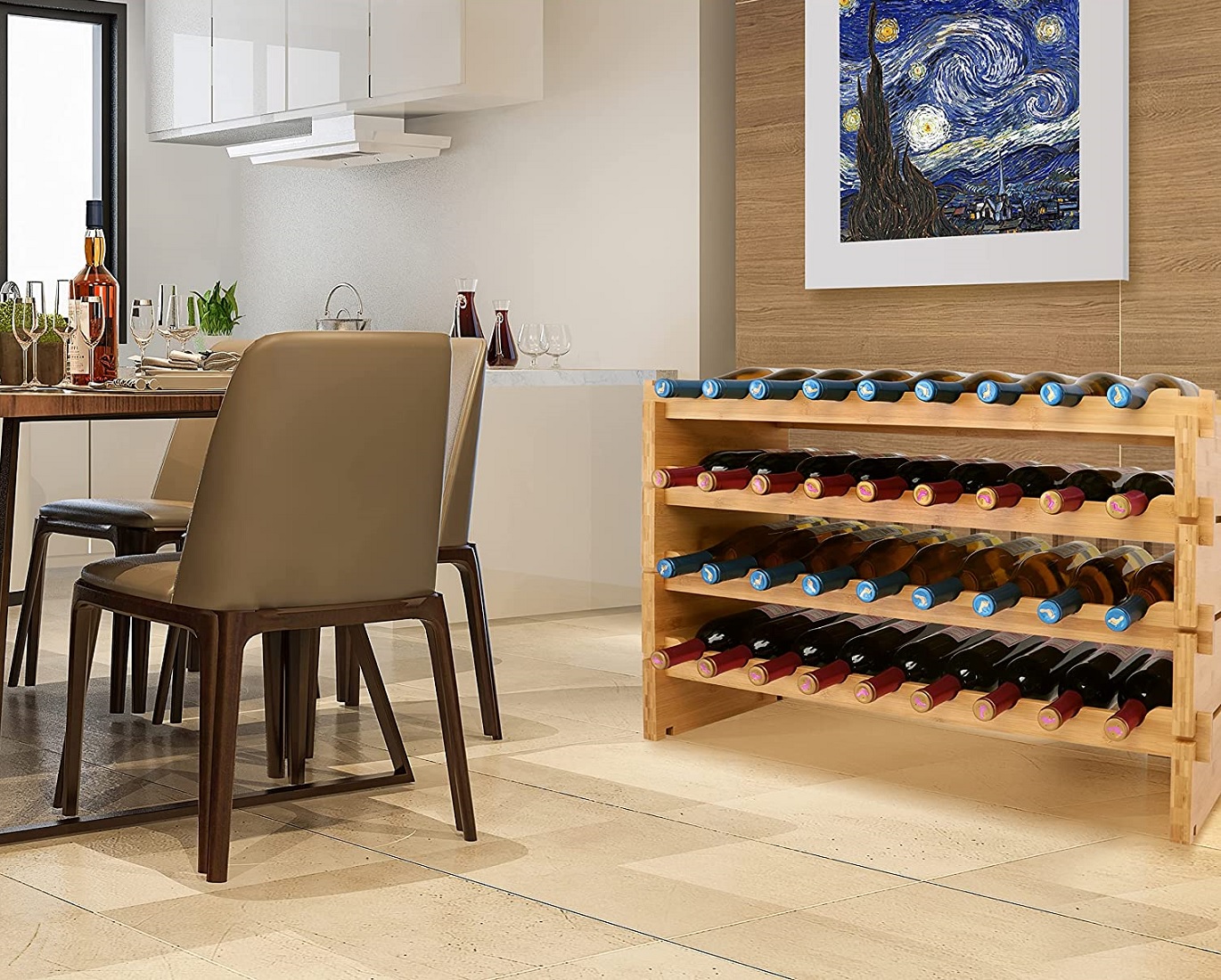

Articles
Wine Cellar How To Build
Modified: January 22, 2024
Learn the essential steps of interior design to create a stunning wine cellar. Discover expert tips on how to build a wine cellar that combines aesthetic appeal with functionality.
(Many of the links in this article redirect to a specific reviewed product. Your purchase of these products through affiliate links helps to generate commission for Storables.com, at no extra cost. Learn more)
Introduction
Building a wine cellar is a dream for many wine enthusiasts. Not only does it offer a practical storage solution, but it also provides a stylish and sophisticated space to showcase your wine collection. Whether you’re a connoisseur or simply enjoy the occasional glass of wine, a well-designed cellar can significantly enhance your wine-drinking experience.
Creating a wine cellar may seem like a daunting task, but with careful planning and the right guidance, it can be a rewarding and enjoyable project. In this article, we will guide you through the process of building your own wine cellar, from choosing the right location to selecting the ideal temperature control system.
Before diving into the details, it’s important to highlight the benefits of having a dedicated wine cellar. By storing your wine in a controlled environment, you can ensure that it ages gracefully and maintains its quality over time. Temperature fluctuations, exposure to sunlight, and improper humidity levels can all negatively impact the taste and longevity of your wine. A wine cellar provides the optimum conditions needed to preserve and age your collection, allowing you to enjoy the full flavors and aromas of each bottle.
Furthermore, a wine cellar adds value to your home and creates a captivating space for entertaining guests. It evokes a sense of luxury and sophistication, making it the perfect backdrop for hosting wine tastings or intimate gatherings. Whether you’re a wine collector or an aspiring sommelier, having a wine cellar adds a touch of elegance to your home and elevates your wine-drinking experience.
In the following sections, we will delve into the key considerations and steps involved in building your own wine cellar. From choosing the right location to the final finishing touches, we will provide expert advice and practical tips to help you create a wine cellar that meets your specific needs and style.
Key Takeaways:
- Create an optimal wine cellar environment by carefully considering location, construction materials, cooling systems, and security measures. Proper maintenance ensures a functional and enjoyable space for preserving and enjoying your wine collection.
- Building a wine cellar is a labor of love, requiring attention to detail and dedication. From temperature control to flooring options, each aspect contributes to creating a space that enhances the enjoyment and preservation of your wine collection.
Read more: How To Build A Wine Cellar In Basement
Choosing the Right Location
The first step in building a wine cellar is selecting the perfect location within your home. Ideally, you want to find a space that is cool, dark, and free from vibrations. Here are some factors to consider when choosing the right location for your wine cellar:
Temperature: Wine needs to be stored at a consistent temperature between 55°F (12.8°C) and 59°F (15°C) to ensure proper aging and preservation. Avoid areas of your home that are subject to extreme temperature fluctuations or excessive heat. Basements or interior rooms are often the best options as they tend to have more stable temperatures.
Lighting: Exposure to sunlight can be detrimental to wine, causing it to age prematurely and develop off-flavors. It is important to select a location away from windows or install UV-filtering glass if natural light is present. Artificial lighting in the cellar should be kept to a minimum, using low-heat LED or incandescent bulbs.
Vibrations: Wine is susceptible to agitation, which can disturb the sediments in the bottle and impact its quality. Avoid areas with excessive vibrations, such as near laundry rooms or heavy machinery. If vibrations are unavoidable, consider installing vibration-dampening materials in the cellar.
Humidity: Wine cellars require a level of humidity between 50% and 70% to prevent corks from drying out and allowing air to enter the bottle. If your chosen location has low humidity, consider installing a humidification system to maintain the optimal humidity levels.
Accessibility: While it’s important to select an ideal location for your wine cellar, practicality and accessibility should also be considered. Choose a space that is easily accessible for you to organize and retrieve your wine collection. It should have enough room for you to move comfortably within the cellar and access all the shelves or racks.
Size: Determine the size of the wine cellar based on the number of bottles you plan to store and the available space. Consider future expansion and allow for additional storage as your wine collection grows over time. Keep in mind that larger wine cellars may require more extensive construction and cooling systems.
Once you have identified the most suitable location, it’s time to move on to the next step: designing your wine cellar. By carefully considering these factors, you can ensure that your wine cellar provides the optimal environment for preserving and showcasing your collection.
Designing the Wine Cellar
Designing your wine cellar is an exciting step that allows you to create a space that reflects your personal style while also optimizing functionality. Here are some key considerations to keep in mind when designing your wine cellar:
Layout and Flow: Consider the overall layout and flow of the cellar. Plan the entrance, shelving or racking placement, and any additional features you want to incorporate. Optimize the space to ensure easy access to bottles and a smooth flow within the cellar.
Shelving and Racking: Choose the right shelving or racking system to suit your storage needs and aesthetic preferences. Options range from traditional wooden racking to modern metal racking. Consider the size and shape of your bottles to ensure they fit securely and can be easily accessed.
Display Options: If you want to showcase certain bottles or create a focal point, consider incorporating display areas or feature walls. This allows you to highlight special bottles or display wine-related artwork and accessories.
Cabinetry and Countertops: If you have additional space within your wine cellar, consider adding cabinetry and countertops for storage and preparation purposes. This provides a convenient surface for decanting wine, storing wine accessories, or displaying glassware.
Décor and Lighting: Choose a design scheme that complements your personal style and enhances the ambiance of the cellar. Consider using earthy tones, textured walls, and subtle lighting to create a warm and inviting atmosphere. Incorporate dimmable lighting options to adjust the mood as desired.
Safety Measures: Install proper safety measures, such as fire extinguishers and smoke detectors, to ensure the protection of your wine collection and your home. Consider a security system with motion sensors and surveillance cameras to safeguard your cellar from unauthorized access.
Wine Cellar Management Software: To effectively manage your wine collection, consider using wine cellar management software. These programs allow you to catalogue your bottles, track their aging process, and create a digital inventory. This can be a great tool for staying organized and planning future additions to your collection.
Before finalizing your design, consult with a professional if needed to ensure that all aspects, such as shelving installation, lighting placement, and safety measures, are properly executed. Remember, a well-designed wine cellar not only adds value to your home but also enhances the wine-drinking experience for you and your guests.
Wine Cellar Construction Materials
When it comes to constructing a wine cellar, choosing the right materials is crucial to ensure durability, insulation, and aesthetic appeal. Here are some commonly used materials in wine cellar construction:
Wood: Wood is a popular choice for wine cellar construction due to its natural beauty and ability to create a warm and inviting atmosphere. Common wood types include redwood, mahogany, and cedar, which are known for their resistance to moisture and decay. Wood is typically used for shelving, racking, and cellar doors.
Metal: Metal is a sturdy and durable material often used for wine cellar racking and support structures. It provides a modern and sleek design aesthetic that complements contemporary wine cellars. Stainless steel and wrought iron are common metal choices due to their corrosion resistance.
Glass: Glass is a versatile material that can be used to create stunning visual displays within the wine cellar. Glass doors, windows, or walls allow for a clear view of the wine collection while adding a touch of elegance to the space. However, it’s important to ensure that the glass used has proper UV protection to prevent light damage to the wine.
Insulation: Insulation is crucial in maintaining a steady temperature and humidity level within the wine cellar. Common insulation materials used include foam insulation panels, rigid insulation boards, or spray foam insulation. These materials help create a thermal envelope that prevents temperature fluctuations and condensation build-up.
Flooring: Choose flooring materials that are resistant to moisture and easy to clean. Popular options for wine cellars include tile, stone, or cork flooring. Cork flooring is particularly desirable as it provides natural insulation and is gentle on wine bottles if accidentally dropped.
Drywall: Drywall is commonly used for the walls and ceiling of the wine cellar. Opt for mold and moisture-resistant drywall or consider using cement board in areas prone to higher moisture levels, such as near cooling equipment or sinks.
Sealants and Finishes: Proper sealing is essential to prevent air leakage, which can compromise the temperature and humidity control in the wine cellar. Use high-quality sealants and finishes, such as weatherstripping, caulk, or epoxy coatings, to seal gaps and ensure airtight construction.
When selecting materials, consider the overall aesthetic you wish to achieve, the functionality required, and the maintenance needs of each material. It’s also important to adhere to local building codes and regulations to ensure the safety and compliance of your wine cellar construction.
By carefully choosing the right construction materials, you can create a wine cellar that not only withstands the test of time but also enhances the beauty and functionality of your wine storage space.
Insulation and Vapor Barrier
Insulation and vapor barrier are crucial components in the construction of a wine cellar. They play a significant role in maintaining the desired temperature, humidity levels, and preventing condensation. Here’s what you need to know about insulation and vapor barrier in your wine cellar:
Insulation: Insulating your wine cellar is essential for creating a stable and controlled environment. It helps to maintain the desired temperature range and prevents temperature fluctuations caused by external factors. Proper insulation also helps to reduce energy consumption and ensures the efficiency of your cooling system.
The most common insulation materials used in wine cellars are foam insulation panels, rigid insulation boards, or spray foam insulation. These materials provide excellent thermal resistance and can be easily installed on the walls, ceiling, and even the flooring.
When selecting insulation, consider the R-value, which indicates the material’s thermal resistance. A higher R-value provides better insulation. Consult with a professional to determine the appropriate insulation requirements based on your local climate conditions and the size of your wine cellar.
Vapor Barrier: A vapor barrier is essential to prevent moisture from seeping into the cellar, potentially causing mold or damage to your wine collection. It acts as a barrier against humidity and condensation, ensuring that the proper moisture levels are maintained inside the cellar.
Vapor barriers are usually installed on the warm side of the insulation, facing inward towards the cellar. This prevents moisture from the surrounding environment from infiltrating the cellar. It is important to choose a high-quality vapor barrier material, such as polyethylene sheets or foil-faced insulation, that has low permeability to effectively block moisture transfer.
Proper installation of the vapor barrier is crucial to ensure its effectiveness. All seams and joints should be tightly sealed with tape or adhesive to create an airtight barrier. Any penetrations, such as electrical wiring or plumbing, should also be properly sealed to prevent moisture leakage.
Remember that in addition to insulation and vapor barrier, proper sealing of the wine cellar is also essential. Ensure that all gaps, cracks, and openings are sealed with weatherstripping, caulk, or other appropriate sealants to prevent air leakage and maintain the desired temperature and humidity levels.
By investing in quality insulation and vapor barrier materials and ensuring their proper installation, you can create a well-insulated and properly sealed wine cellar. This will ensure the optimal conditions for your wine collection’s storage and longevity, allowing you to enjoy your wines at their best for years to come.
Read more: How To Organize A Wine Cellar
Cooling and Temperature Control Systems
Creating the ideal environment for your wine cellar requires a reliable cooling and temperature control system. Proper temperature and humidity control are essential for preserving the quality and flavor of your wine collection. Here are some key considerations when choosing a cooling and temperature control system for your wine cellar:
Determine the Cooling Capacity: The cooling capacity of the system is determined by several factors, including the size of your wine cellar, the level of insulation, and the desired temperature range. It is important to calculate the required cooling capacity to ensure that the system can effectively cool your cellar without overworking or underperforming.
Types of Cooling Systems: There are various types of cooling systems available for wine cellars, each with its own advantages and considerations:
- Self-Contained Cooling Units: These all-in-one units are typically installed through the wall or in a small mechanical room adjacent to the cellar. They provide both cooling and humidity control in a compact package and are relatively easy to install.
- Ducted Cooling Units: These units are installed in a separate mechanical room, and cooled air is passed into the wine cellar using ductwork. They provide more flexibility in terms of placement but require proper planning for duct routing and maintenance access.
- Split Cooling Systems: Split systems consist of a condensing unit located outside the cellar and an evaporator unit mounted inside. They offer quiet operation and more flexibility in placement, allowing for greater control over airflow and cooling distribution.
- Wine Cellar Air Handlers: These systems provide both cooling and humidity control, similar to a split cooling system, but with the added benefit of air filtration. They are ideal for larger wine cellars or commercial applications.
Temperature and Humidity Control: The cooling system should have precise temperature and humidity control capabilities. Wine cellars generally require a temperature range between 55°F (12.8°C) and 59°F (15°C). The humidity level should be maintained between 50% and 70% to prevent corks from drying out and wine oxidation.
Control and Monitoring: Consider the ease of control and monitoring offered by the cooling system. Look for systems that provide user-friendly interfaces, temperature and humidity sensors, and remote control options. Some advanced systems even offer Wi-Fi connectivity, allowing you to monitor and adjust settings from anywhere through a smartphone app.
Professional Installation and Maintenance: Proper installation of the cooling system is essential for optimal performance. It is recommended to hire a licensed professional to ensure proper sizing, installation, and ventilation. Additionally, regular maintenance, such as filter cleaning or replacement, is crucial to keep the system running efficiently and effectively.
Investing in a reliable cooling and temperature control system is essential to create the ideal environment for your wine cellar. By choosing the right system and ensuring its proper installation and maintenance, you can enjoy perfectly aged and preserved wines for years to come.
When building a wine cellar, make sure to insulate the walls and ceiling to maintain a consistent temperature and humidity level. This will help preserve the quality of your wine collection.
Lighting and Ventilation
Proper lighting and ventilation are essential considerations when designing a wine cellar. They not only enhance the overall aesthetics of the space but also contribute to the preservation and enjoyment of your wine collection. Here’s what you need to know about lighting and ventilation in your wine cellar:
Lighting: Proper lighting is crucial to showcase your wine collection and create an inviting ambiance. However, it’s important to be mindful of the potential negative effects of light on wine. Ultraviolet (UV) rays can cause premature aging and deterioration of wine quality.
When selecting lighting for your wine cellar, opt for low-heat LED or incandescent bulbs with UV filters. These bulbs emit minimal UV rays and generate less heat, ensuring that your wines are not exposed to harmful light or temperature fluctuations. Additionally, consider installing dimmers to adjust the lighting levels as needed.
Strategically place the lighting fixtures to provide even illumination throughout the cellar. Focus on highlighting the wine racks or displays while avoiding direct light exposure to individual bottles. This helps to create a visually appealing space while protecting your wines from light damage.
Ventilation: Proper ventilation is crucial in maintaining air quality and preventing musty odors or mold growth in your wine cellar. It helps to circulate fresh air and remove stagnant air that can affect the cellar’s environment.
Ensure that your wine cellar has sufficient airflow by installing adequate ventilation systems. This can include passive ventilation, such as vents or grilles, for natural air exchange, or active ventilation systems, like exhaust fans or air purifiers. These systems can help regulate humidity levels, remove odors, and prevent the accumulation of harmful gases.
It’s important to strike a balance between proper ventilation and preserving the controlled environment of the wine cellar. Avoid excessive airflow that may result in temperature fluctuations or humidity imbalances. Consult with a professional to determine the appropriate ventilation options based on the size and location of your cellar.
Consider incorporating additional features to enhance the lighting and ventilation in your wine cellar. For example, adding glass walls or windows can bring in natural light while allowing for a view of your wine collection. However, ensure that proper UV protection is in place. Additionally, installing a dehumidification system can help maintain optimal humidity levels, particularly in areas with high moisture content.
Remember, lighting and ventilation are important aspects of a functional and aesthetically pleasing wine cellar. By carefully choosing appropriate lighting fixtures, implementing proper ventilation systems, and maintaining an optimal balance, you can create an inviting and safe environment for both your wines and your enjoyment.
Wine Racking and Storage
Choosing the right wine racking and storage options is crucial for organizing and showcasing your wine collection in your cellar. Proper storage not only maximizes the capacity of your cellar but also ensures that your bottles are kept secure and in optimal condition. Here are some key considerations for wine racking and storage:
Types of Wine Racks: There are various wine rack options available to accommodate different bottle sizes, quantities, and aesthetic preferences. Here are a few common types:
- Wooden Racks: Wooden racks are classic and versatile. They can be custom-built or purchased as modular units in various configurations. Woods like redwood, mahogany, and cedar are ideal due to their resistance to moisture and decay.
- Metal Racks: Metal racks offer a sleek and contemporary look. They are sturdy, durable, and often designed for easy assembly and customization. Stainless steel and wrought iron are popular choices for their corrosion resistance.
- Stackable Racks: Stackable or modular racks allow for flexibility and scalability. You can add or remove racks as your wine collection expands, making them ideal for those who anticipate growth over time.
- Display Racks: If you want to showcase specific bottles or create a focal point, consider incorporating display racks. These racks feature angled or tilted shelves to highlight special bottles, artwork, or wine accessories.
Bottle Orientation: Wine bottles are traditionally stored horizontally, with the wine in contact with the cork. This helps keep the cork moist, preventing it from drying out and allowing unwanted air to enter the bottle. Ensure that your chosen wine rack accommodates horizontal storage to maintain the integrity and flavor of your wines.
Label Visibility: It’s important to choose wine racks that allow you to easily view and read the labels on your wine bottles. This makes it convenient to locate specific bottles without disturbing the entire collection. Vertical label display or angled shelving can be utilized for better readability.
Capacity and Flexibility: Consider the number of bottles you plan to store and choose racks that provide ample capacity. However, also consider the flexibility to store bottles of different sizes, such as magnums or champagne bottles. Adjustable racks or modular systems can accommodate varying bottle shapes and sizes.
Wine Cellar Organization: Grouping wines by varietal, region, or vintage can help with organization and accessibility. Consider separate sections or designated areas within your wine cellar for different categories. This will make it easier to locate and retrieve specific bottles for enjoyment or cellar management.
Additional Storage Options: Aside from traditional wine racks, there are other storage options to consider. These can include wine cabinets, wine crates, or even custom storage solutions like wall-mounted wine displays or hanging wine glass racks. These additional storage options can add functionality and further personalize your wine cellar.
When planning your wine racking and storage, take into account the overall layout and flow of your cellar, ensuring that you optimize the space for easy access, security, and visibility of your wine collection.
By selecting the right wine racking and storage options, you can effectively organize and display your wine collection while preserving the quality and character of each bottle. Remember, a well-designed storage system not only enhances the functionality of your wine cellar but also adds to the visual appeal of the space.
Flooring Options
When designing a wine cellar, the choice of flooring is an important consideration. The flooring not only contributes to the overall aesthetics of the space but also plays a crucial role in maintaining a clean and functional environment. Here are some common flooring options to consider for your wine cellar:
Tile: Tile is a popular choice for wine cellars due to its durability, ease of maintenance, and resistance to moisture. Ceramic or porcelain tiles provide a wide range of design options, from classic to contemporary styles. Ensure that the tiles have a non-slip surface finish to prevent accidents in the cellar.
Stone: Natural stone flooring, such as marble, limestone, or slate, offers an elegant and timeless look to your wine cellar. Stone is known for its durability and ability to maintain a consistent temperature, which is beneficial for wine storage. However, it can be more expensive and may require professional installation and periodic sealing for long-term maintenance.
Cork: Cork flooring is an eco-friendly and comfortable option for wine cellars. The natural cushioning properties of cork provide a soft and comfortable surface to walk on, and it can also help with insulation and noise reduction. Cork flooring is resistant to moisture, making it suitable for wine cellars, but it may require regular sealing to prevent damage and staining.
Engineered Wood: Engineered wood flooring combines the beauty of natural wood with enhanced durability and moisture resistance. It is composed of multiple layers of wood with a top veneer, making it more stable and less prone to warping or shrinking in humid conditions. Engineered wood is available in various styles and finishes to complement your cellar’s aesthetic.
Vinyl: Vinyl flooring is a cost-effective and low-maintenance option for wine cellars. It is highly resistant to moisture, stains, and scratches. Vinyl flooring is available in a wide range of designs, including wood or stone-like finishes, allowing you to achieve a desired look without the higher price tag of natural materials.
Epoxy Coating: Epoxy coating can be applied over concrete floors to create a seamless and durable surface. It provides excellent moisture resistance and is easy to clean. Epoxy coatings come in a variety of colors and finishes, including high-gloss and textured options, allowing you to customize the look of your wine cellar.
Regardless of the flooring material you choose, ensure that it is installed correctly and provides proper insulation and moisture resistance. It’s also important to consider adding rugs or anti-fatigue mats in high-traffic areas to prevent slips and cushion impacts.
Don’t forget to consider the overall design and aesthetic of your wine cellar when choosing the flooring. The flooring should complement the style and theme of the cellar, creating a cohesive and visually appealing space.
By selecting the right flooring option, you can create a functional and visually appealing wine cellar that enhances the overall ambiance and showcases your wine collection with style.
Read more: Root Cellar How To Build
Security and Safety Measures
Ensuring the security and safety of your wine cellar is of utmost importance, especially when housing a valuable and cherished collection. Here are some key security and safety measures to consider:
Access Control: Implementing access control measures is crucial to safeguard your wine cellar. Consider installing lockable doors with sturdy deadbolts or electronic keyless entry systems. This will help restrict access to authorized individuals and prevent unauthorized entry.
Security Systems: Installing a comprehensive security system adds an extra layer of protection to your wine cellar. This can include surveillance cameras, motion sensors, and burglar alarms. Select a system with remote monitoring capabilities that allows you to keep an eye on your cellar’s security even when you’re away.
Smoke and Fire Detection: Wine cellars should have smoke detectors and fire alarm systems installed to detect any potential fire hazards promptly. Ensure that these systems are regularly tested and maintained to ensure their effectiveness.
Sprinkler Systems: Consider installing automatic sprinkler systems specifically designed for wine cellars. These systems can help combat a fire in its early stages and control its spread, minimizing potential damage to your wine collection and the cellar itself.
Temperature and Humidity Monitoring: Continuous monitoring of temperature and humidity levels is crucial to maintaining the ideal environment for your wine. Install sensors or use a wine cellar management system to regularly monitor and track these factors. This allows you to identify and address any deviations promptly.
Emergency Backup Power: Power outages can pose a significant risk to the temperature and humidity control of your wine cellar. Consider installing an emergency backup power system, such as a generator or uninterruptible power supply (UPS), to ensure that the cooling system remains operational during extended power disruptions.
Proper Shelving and Storage: Sturdy and secure wine racks or shelving systems are essential for preventing accidents and bottle damage. Ensure that your wine racks are securely anchored to the walls or flooring and can withstand the weight of your collection. This will minimize the risk of collapses or accidents.
Emergency Preparedness: Have an emergency plan in place in the event of a natural disaster, such as floods or earthquakes. Store emergency supplies, such as flashlights, fire extinguishers, and first-aid kits, in easily accessible areas. Regularly review and update your emergency plan to ensure its effectiveness.
Insurance Coverage: Protect your wine collection by obtaining appropriate insurance coverage. Consult with your insurance provider to ensure that your wine cellar and collection are adequately covered against risks such as theft, fire, and damage.
Remember, it’s important to regularly inspect and maintain the security and safety measures in your wine cellar. Regularly update access codes, test security systems, and replace batteries in smoke alarms and sensors as needed.
By implementing these security and safety measures, you can have peace of mind knowing that your wine cellar and collection are well-protected, allowing you to fully enjoy and appreciate your wines for years to come.
Maintenance and Care Tips
Maintaining your wine cellar is essential to ensure the longevity and quality of your wine collection. Regular maintenance and care practices not only preserve the integrity of the cellar but also contribute to a more enjoyable wine-drinking experience. Here are some important maintenance and care tips to consider:
Regular Cleaning: Keep your wine cellar clean and free from dust, debris, and potential contaminants. Regularly dust wine racks, shelving, and surfaces using a soft cloth or brush. Avoid using abrasive cleaners or harsh chemicals that can damage the integrity of the materials.
Inspect for Leaks and Moisture: Periodically check for any signs of water leaks or excessive moisture in the cellar. Inspect walls, flooring, and ceiling for any discoloration, mold growth, or musty odors. Address any leaks or moisture issues immediately to prevent damage to your wine collection and the cellar’s structural integrity.
Temperature and Humidity Control: Monitor and maintain the appropriate temperature and humidity levels in your wine cellar. Use a thermometer and hygrometer to regularly check these factors. Adjust your cooling system as needed to ensure the temperature remains within the ideal range of 55°F (12.8°C) to 59°F (15°C) and the humidity between 50% and 70%.
Inspect Corks and Labels: Periodically inspect the corks and labels of your wine bottles. Check for any signs of leakage, mold growth, or deterioration. If you notice any issues, consider replacing the affected corks or repositioning the bottles to prevent further damage.
Organize and Rotate your Wine Collection: Regularly organize and assess your wine collection to maintain an accurate inventory and ensure proper wine rotation. Move older bottles to the front of the racks for easier access and consumption. Consider implementing a cellar management system or cataloging software to help track your collection and identify wines that may need to be enjoyed sooner rather than later.
Proper Wine Handling: Handle wine bottles with care, particularly when retrieving or storing them in the cellar. Avoid excessive agitation or vibration that can disturb the sediments and impact the wine’s quality. When handling bottles, hold them by the base or neck to minimize unnecessary movement or contact with the cork.
Regularly Inspect Wine Corks: The condition of wine corks is crucial for maintaining wine quality and preventing premature oxidation. Regularly inspect corks for any signs of deterioration, mold growth, or cork taint. Consider investing in a wine opener that is specifically designed to remove corks smoothly and without damaging them.
Proper Wine Cellar Ventilation: Ensure that your cellar is properly ventilated to maintain air quality and prevent musty odors. Check ventilation systems periodically to ensure they are functioning effectively. Clean or replace filters as recommended by the manufacturer to ensure proper airflow.
Consult Professionals: When in doubt, seek advice from professionals. Whether it’s regular maintenance, repairs, or upgrading your cooling system, consult with licensed contractors or experts in wine cellar management. They can provide valuable insights and recommendations to help you maintain and optimize your wine cellar.
By following these maintenance and care tips, you can help preserve the quality, flavor, and longevity of your wine collection. Regular attention and upkeep will ensure that your wine cellar remains a functional and enjoyable space for many years to come.
Conclusion
Building a wine cellar is a deeply rewarding endeavor that allows you to create a space dedicated to preserving and showcasing your wine collection. By carefully considering the various aspects of wine cellar construction, from choosing the right location to implementing proper maintenance and care, you can create an optimal environment for your wines to age gracefully and be enjoyed to their fullest potential.
From the moment you select the location for your cellar, ensuring the right temperature, lighting, and ventilation become crucial considerations. The choice of construction materials, insulation, and vapor barrier all contribute to maintaining the proper conditions for your wine collection. Additionally, selecting the right cooling and temperature control systems is essential to create a consistent climate for your wines.
As you design your wine cellar, the layout, shelving, lighting, and flooring all work together to create a functional and aesthetically pleasing space. Incorporating proper security and safety measures gives you peace of mind, knowing that your investment is well-protected. Regular maintenance and care, including cleaning, organization, and monitoring, help preserve the quality and integrity of your wines.
Ultimately, a well-designed and maintained wine cellar enhances your wine-drinking experience, whether you’re an avid collector, a casual enthusiast, or an aspiring sommelier. It provides a space to appreciate and share your wine collection with others, elevating the enjoyment and appreciation of every bottle.
Remember, creating a wine cellar is a labor of love. It requires careful planning, attention to detail, and dedication to maintaining the proper conditions. By following the guidelines and tips outlined in this article, you can embark on the journey of building and maintaining a wine cellar that you can cherish for years to come.
Frequently Asked Questions about Wine Cellar How To Build
Was this page helpful?
At Storables.com, we guarantee accurate and reliable information. Our content, validated by Expert Board Contributors, is crafted following stringent Editorial Policies. We're committed to providing you with well-researched, expert-backed insights for all your informational needs.
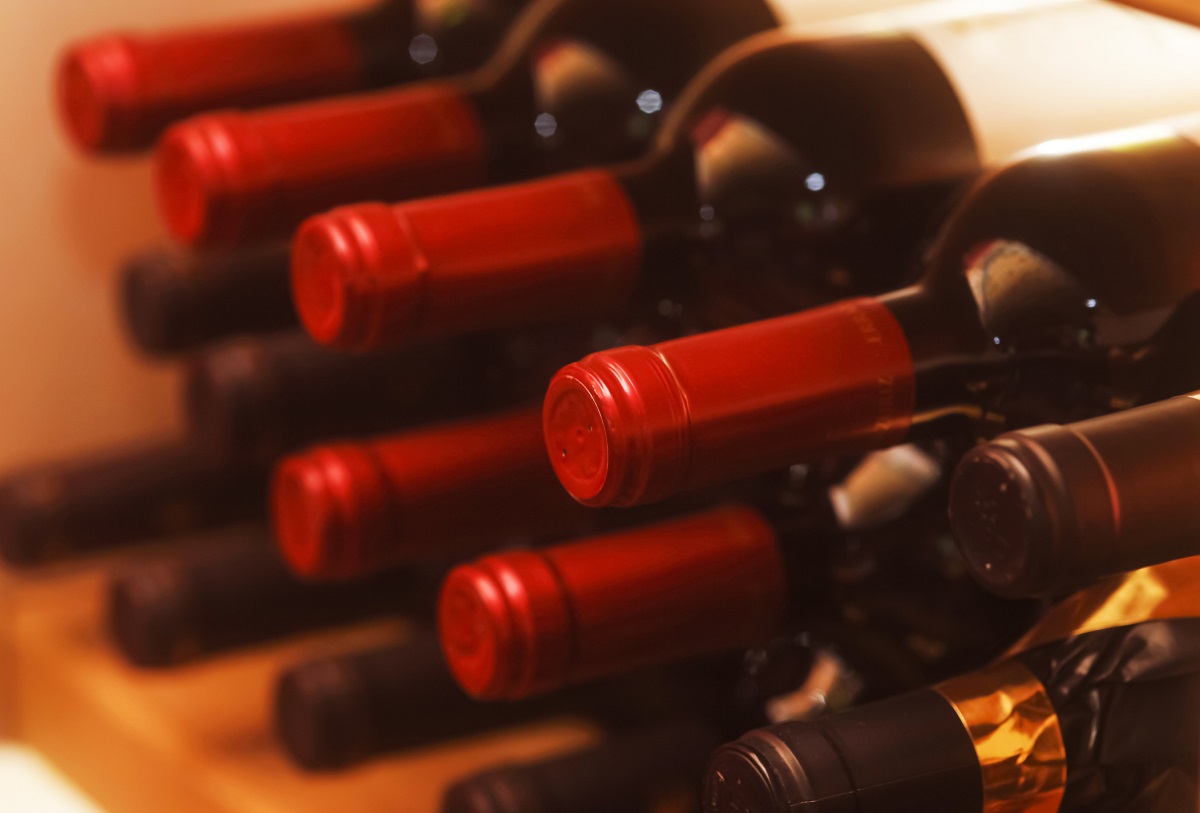
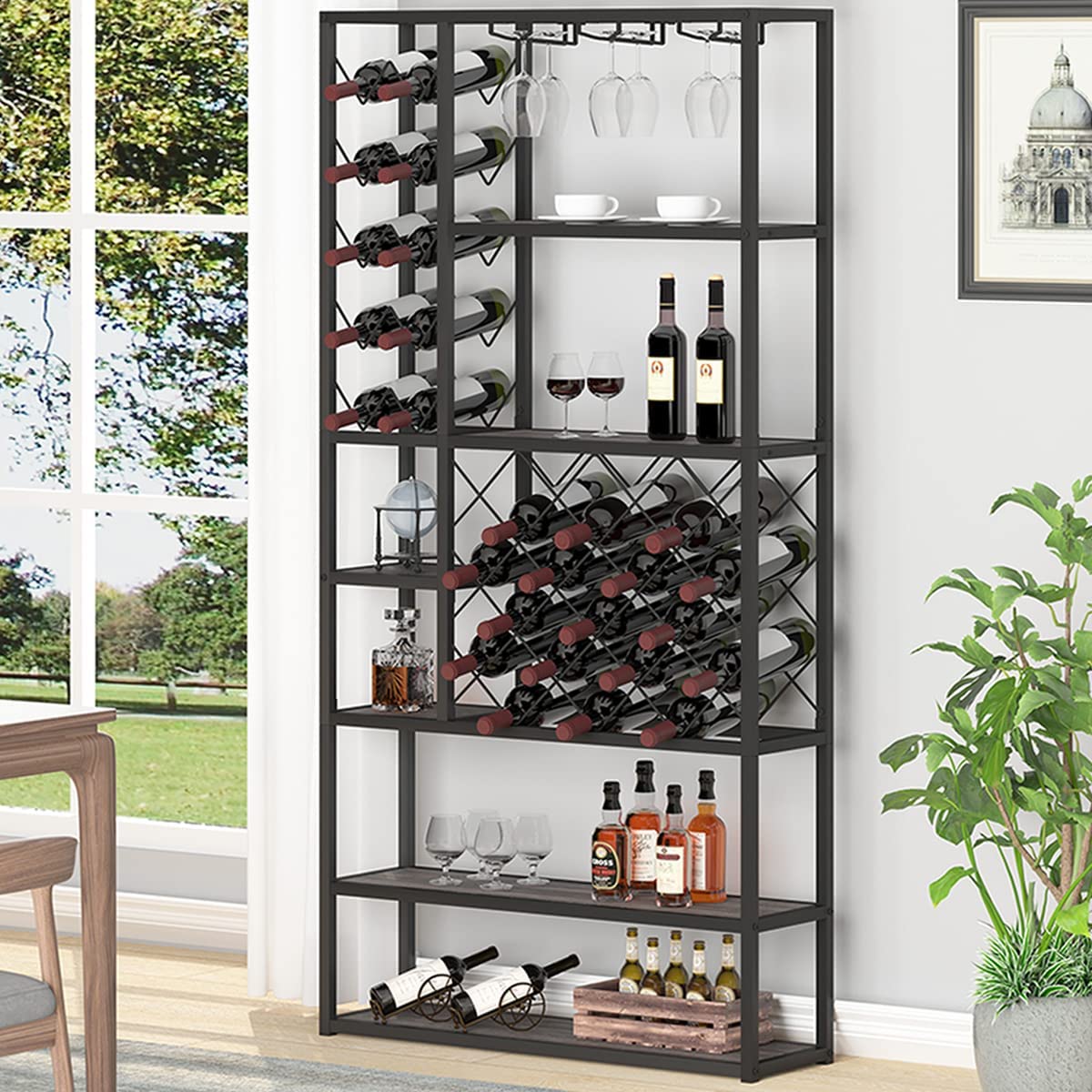
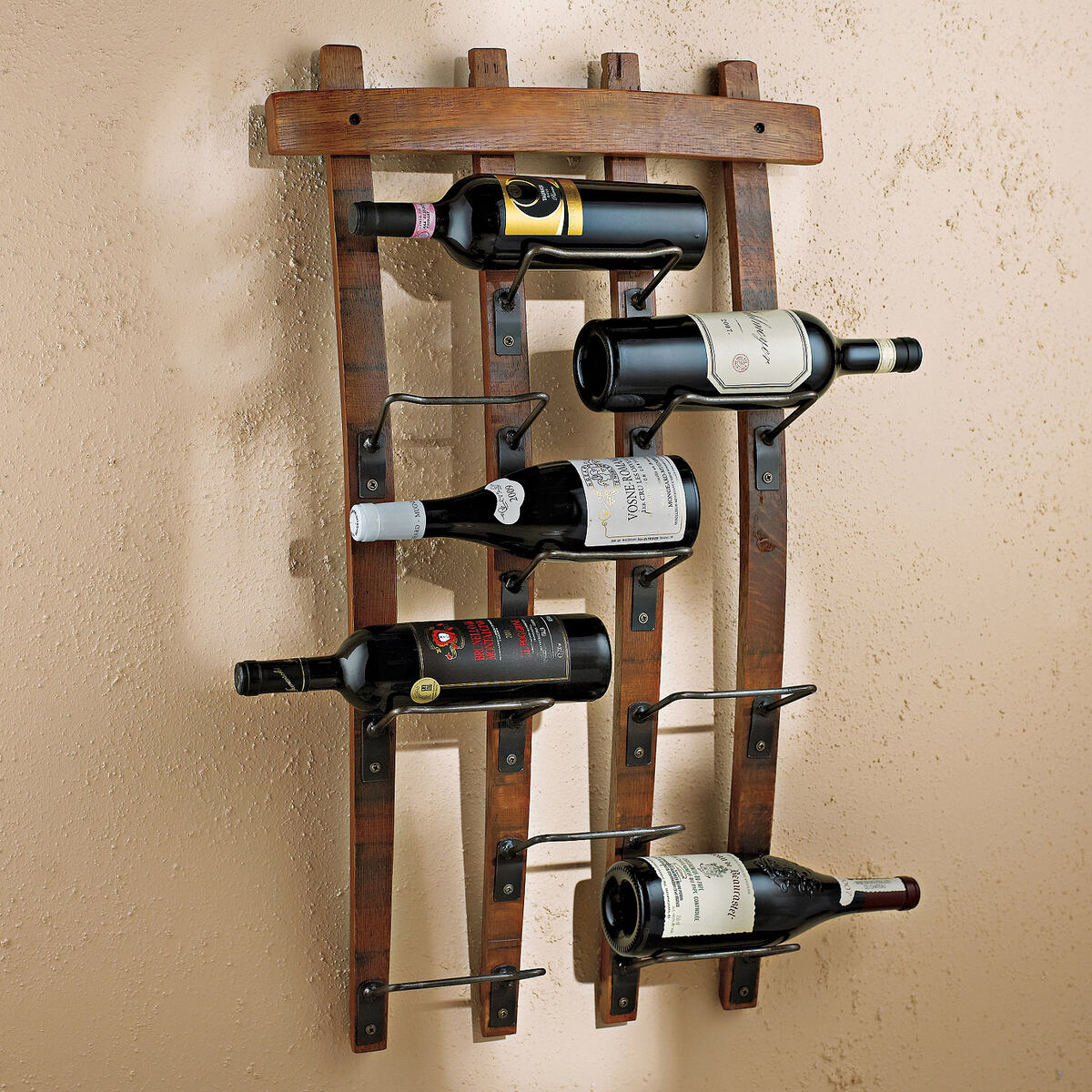
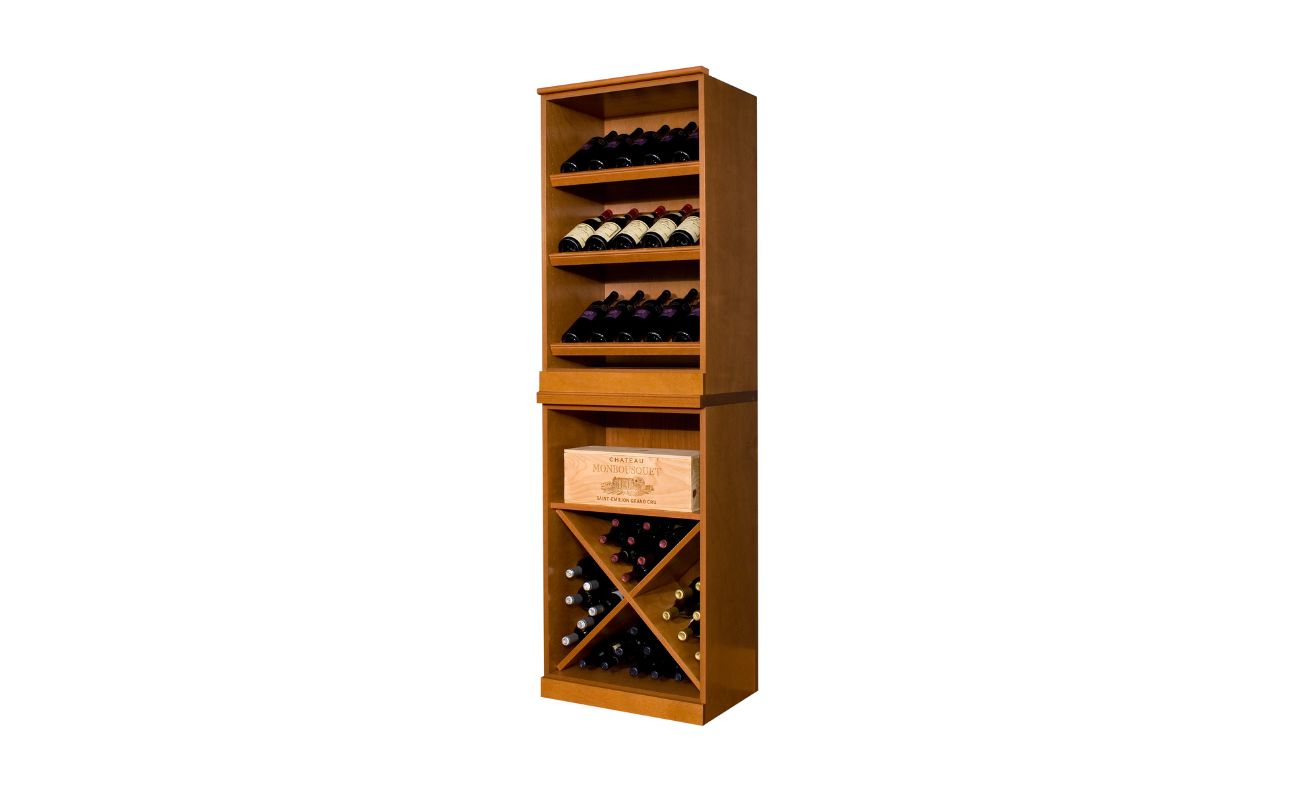
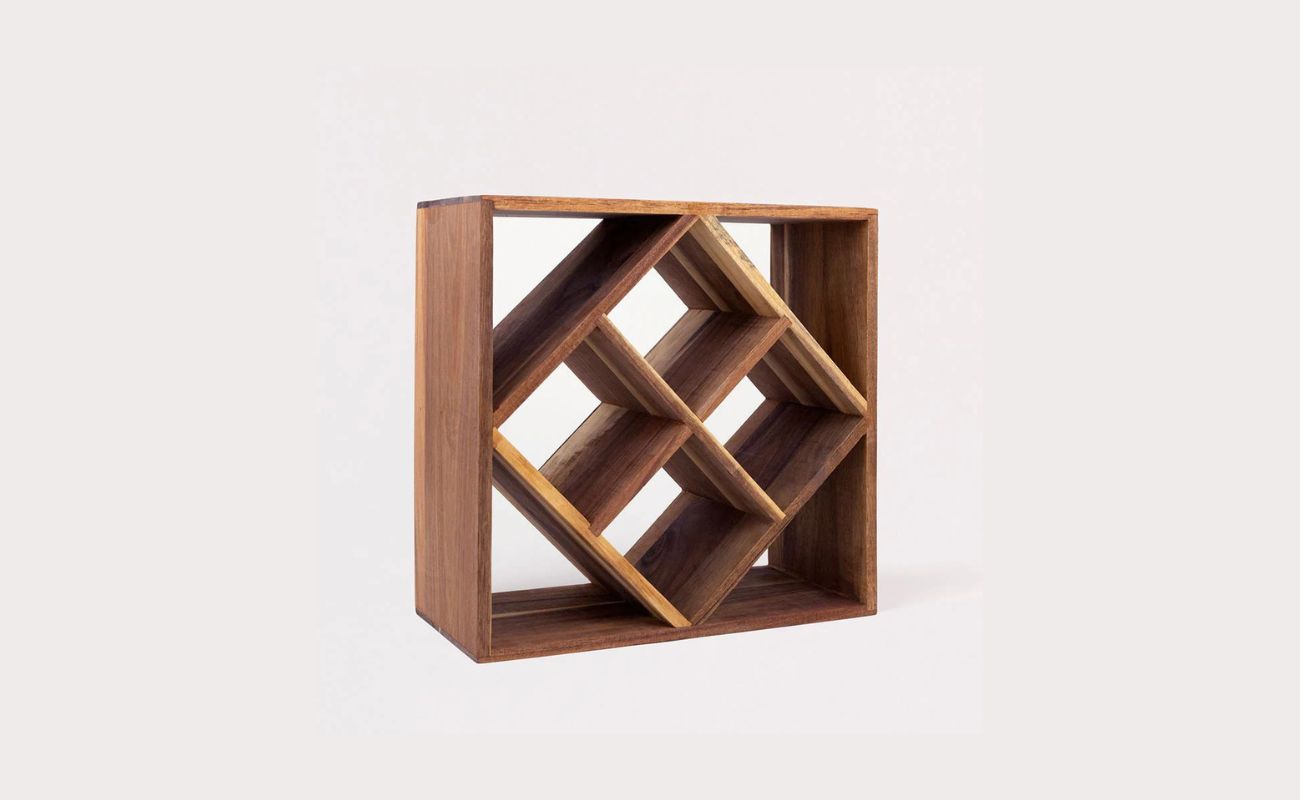
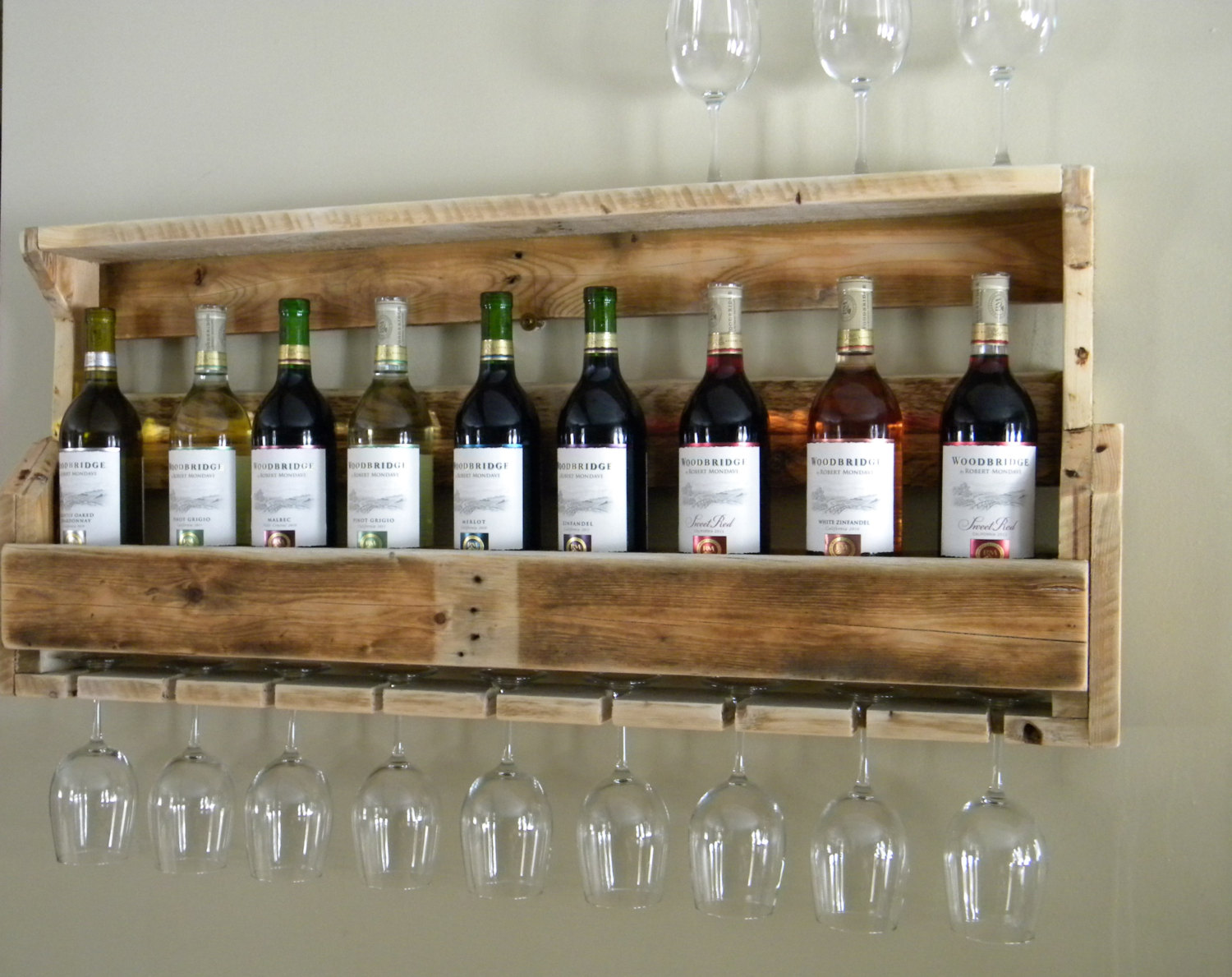
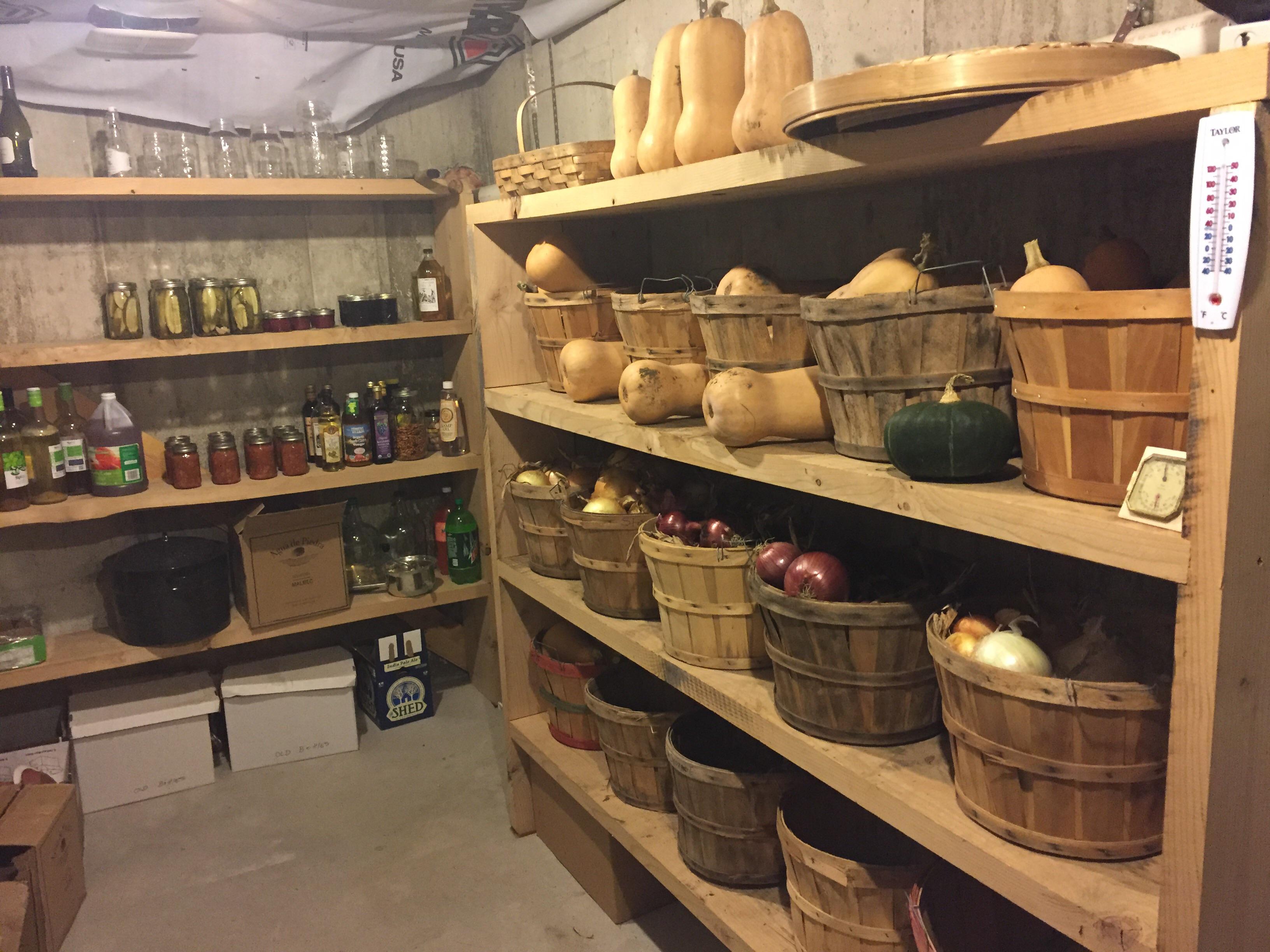

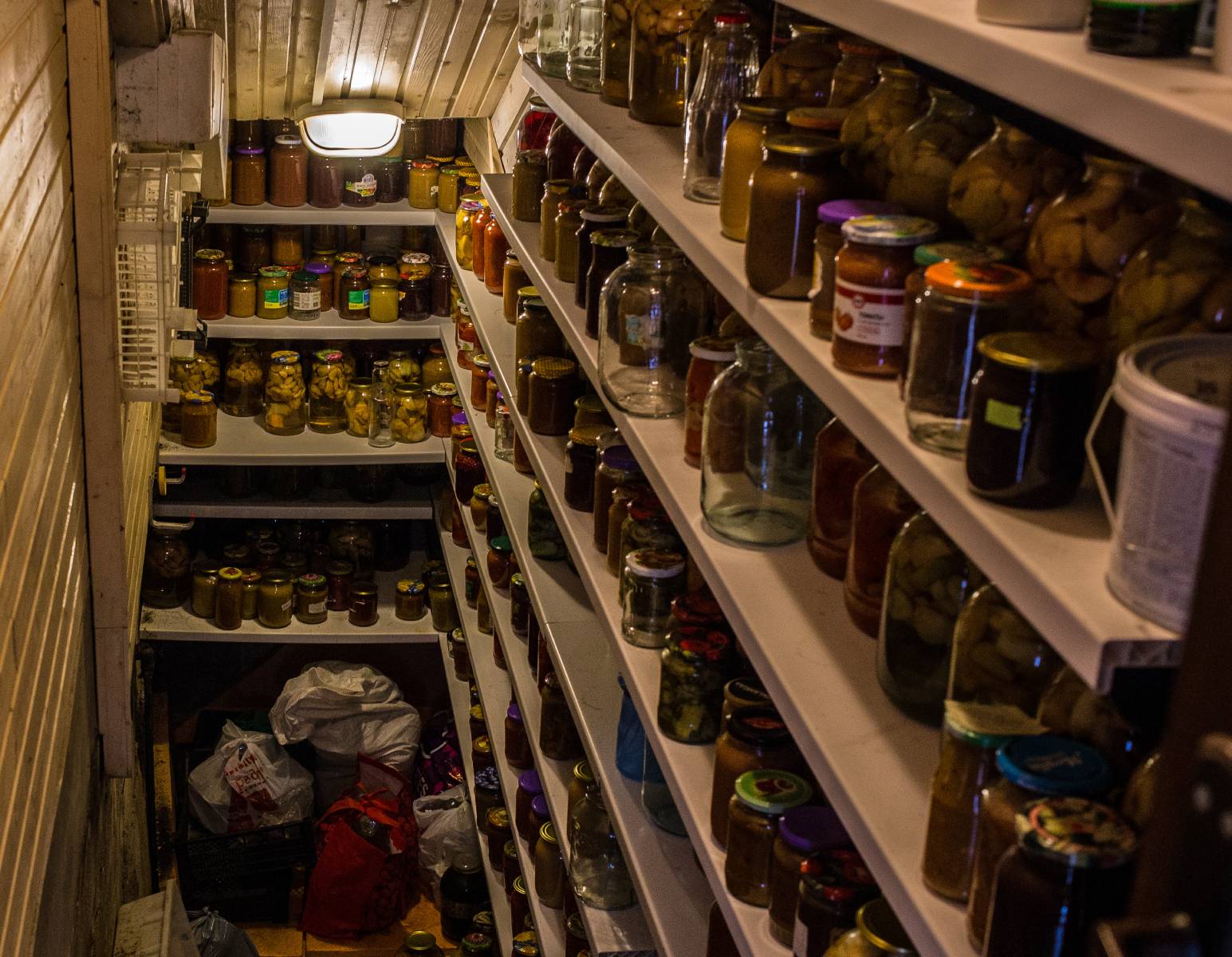
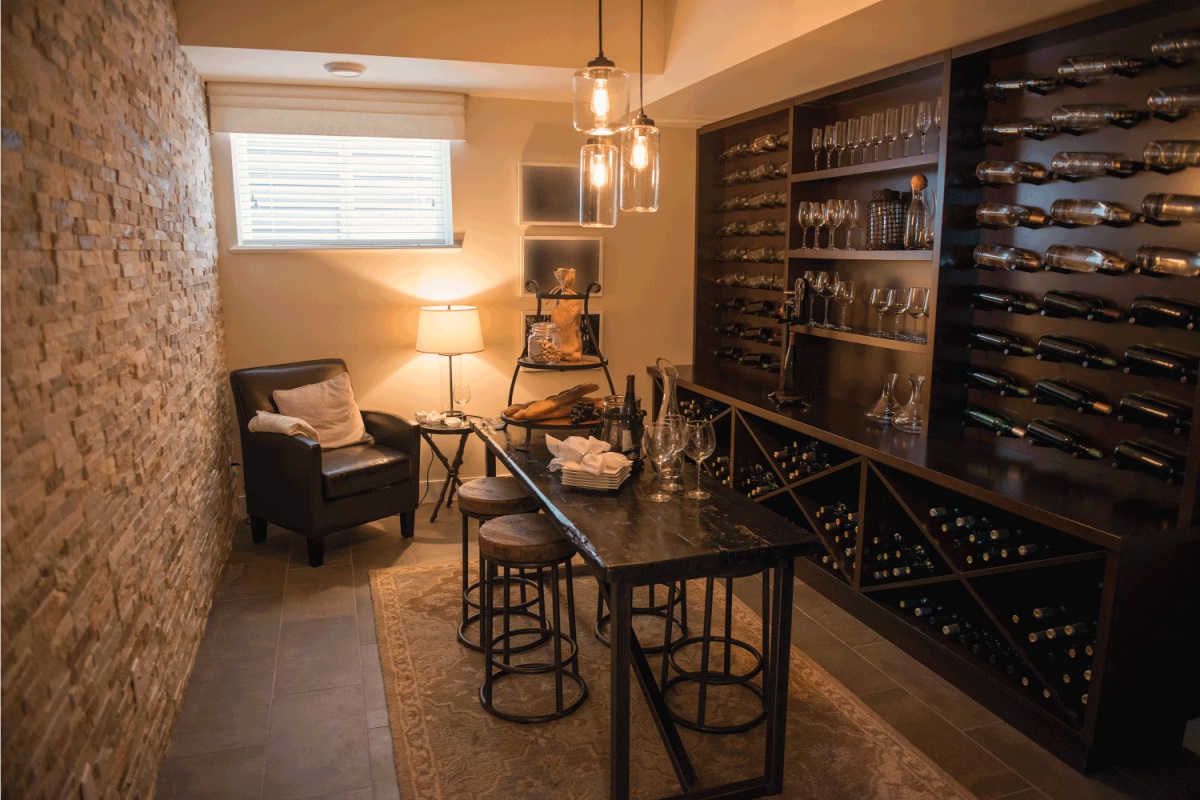
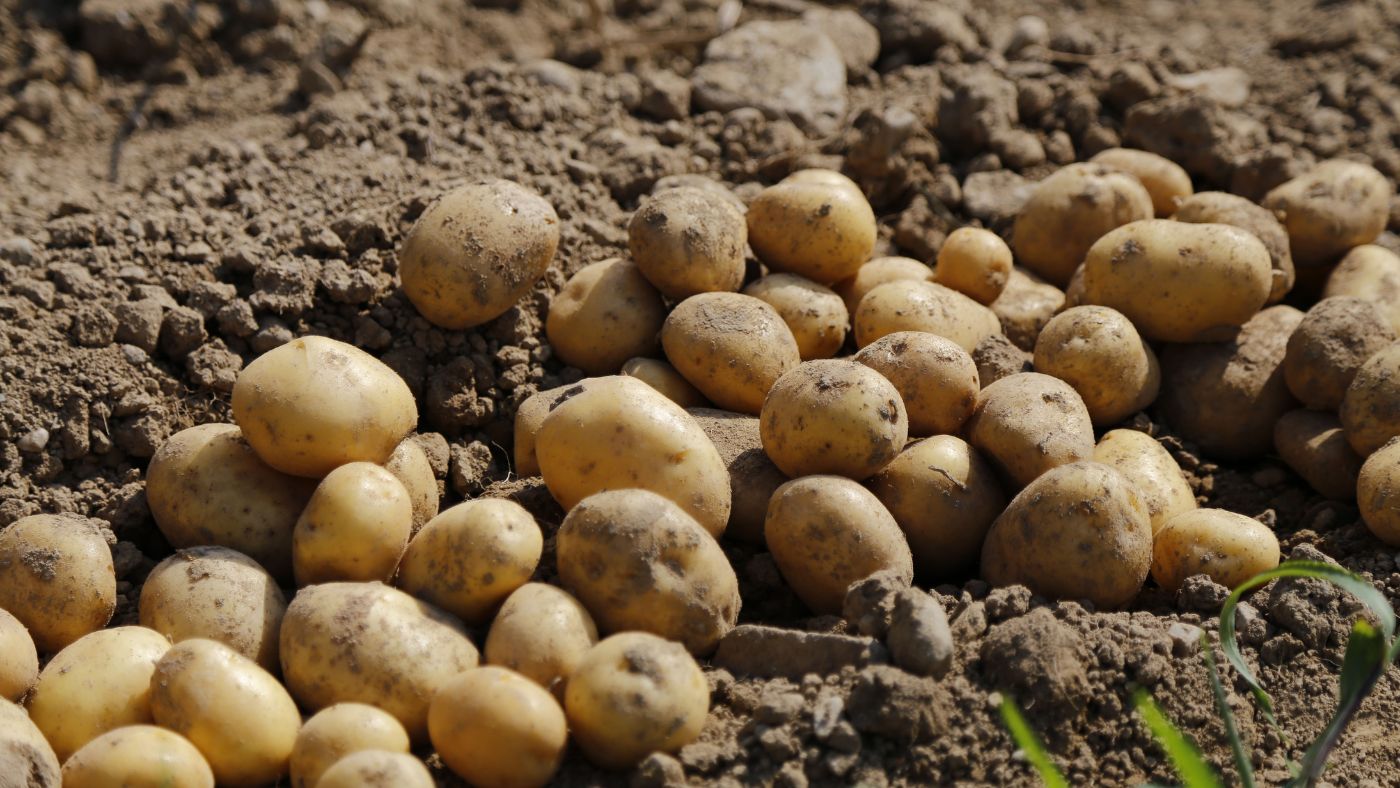

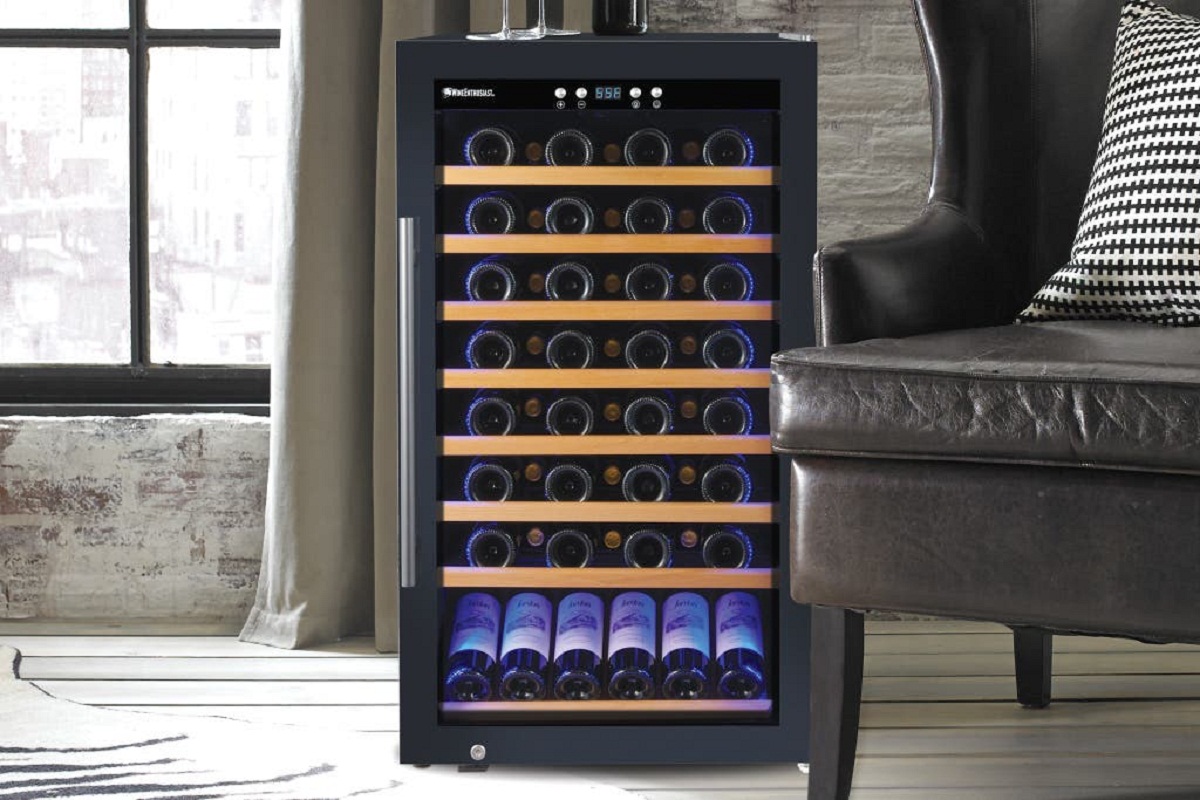

0 thoughts on “Wine Cellar How To Build”